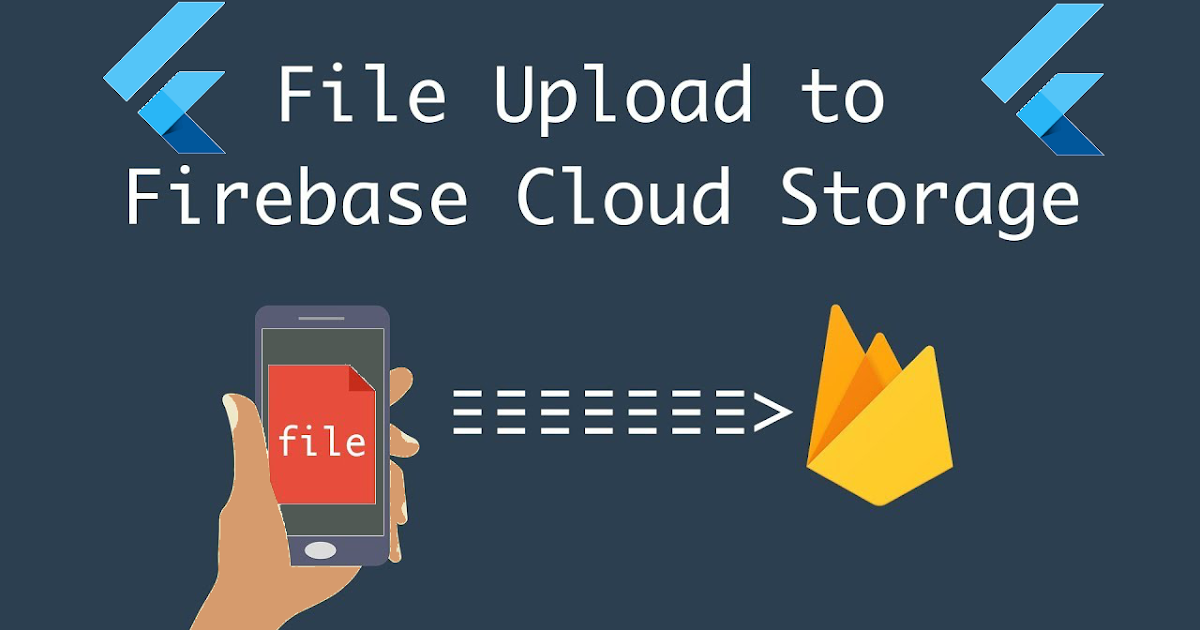The Firebase Slack community is a place to learn from other Firebase developers. Such as Firebase GDEs (Google Developer Experts), active Github contributors to libraries like AngularFire, and even Firebase team members (I’ll be there!). Firebase Cloud Functions Slack notifications Listing GCP events from the Firebase Cloud function is a big part of a scalable app This is part 2 of a series of devops 101 with firebase cloud functions. You can check the working repo here. The Firebase Community on Slack is a place to talk about all things Firebase! This is run by the community and is not the official Firebase product support channel. Code of Conduct. Firebase is popular backend service that makes authentication and data storage easy. And it all happens in real time! The application you will learn to build in this course, will be.
Slack Apps, or Bots, allow you to extend slack with interactive features that can improve your teams productivity. The following lesson is a step-by-step guide to building a Slack App using Firebase Cloud Functions as the backend server.
Our Slack App will perform the following tasks.
- Listen to events, such as a new user joining the #general channel.
- Retrieve the user’s slack profile.
- Send a private personalized message.
- Add a slash command for user-directed actions.
Create a Slack App
At this point, it is assumed you have admin access to a Slack workspace. If not, feel free to create one to follow this tutorial.
Once you have a workspace, create a new Slack App.
Verify Cloud Function Ownership
Before Slack can send events to our Cloud Function, it needs to verify that we own the server. Slack performs a handshake by sending an HTTP request with a challenge parameter to the Cloud Function, then the function must respond back with the same value.
Initialize Cloud Functions
Initialize Cloud Functions. This demo uses the TypeScript flavor.
Build The Challenge Function
The function only needs to respond with the challenge one time.
Deploy it
Enter The Deployed URL
Subscribe to an event that you want to listen to, then paste in the Function URL from the last step. Slack should automatically verify the URL and give it a green checkmark ✅.
Build the Bot
Now it’s time to do some real work.
Install Dependencies
The Slack Node SDK is a monorepo that contains several packages. The Web API can read and modify data in the workspace. Google PubSub will be used to handle long running background tasks in te following steps.
OAuth Token

The OAuth token is used to authenticate your bot/server into a workspace so it can interact with your channel (like post messages).
Once installed, it will take you directly to the OAuth token. It usually starts with xoxb or xoxp.
Copy the OAuth Token and save it as a Firebase Functions environment variable.
Signing Secrets
When receiving events from Slack, you should validate the signing secret, which can be found in Basic Info panel. This ensures that only requests from Slack can interact with your function by decoding the digital signature of the request.
Add Scopes (Permissions)
Firebase Blackhorse
OAuth scopes define what your app is allowed to do. You can fine tune permissions under the OAuth & Permissions page. Follow the principle of least privilege and only allow your bot access to resources that it actually needs to do its job. In our case, we need to read a user profile and add them to a specific slack channel.
Listen to Events
Our first goal is to listen to events that happen in the Slack workspace. Slack should notify our server anytime a user joins a channel with the member_joined_channel event.
⚡ Your server must respond be quickly, within 3000ms or less, otherwise Slack will timeout and attempt to retry.
So then, how do we build an app that performs a long-running backend process? There are many right answers, but in Firebase, the best option is to enqueue a PubSub Cloud Function. It allows the initial HTTP endpoint to simply hand off the message and respond quickly to Slack.
Import the dependencies and initlizize them with the environment credentials.
HTTP Gateway
The HTTP gateway validates the request, enqueues a PubSub message with the request, then responds with a 200 code to keep Slack happy.
Extra Snippet: verifySlackSignature
PubSub Function
All the heavy-lifting happens in the PubSub function because we have no time-constraints here. The message.json contains the same data you would have handled in req.body in the HTTP function.
Respond To the User as the Bot
Firebase Slack
In this section, our app makes requests to the Slack API that (1) fetch the user’s Slack profile (2) invite them to a channel, and (3) greet them with a direct message.
Note: The Slack API does not provide typings for the response object, so you’ll have to treat it as any in typescript.
Additional Ideas to Try
Listen to Slash Commands
Firebase Cloud Function Slack
Events are great, but somethings you want to give users tools to manually kick off interactivity - that’s where slash commands come in. They work very similar to events, but are are triggered by the user entering /some-command into the workspace.
/slap someone
Learn more about slack commands in the full lesson by AJonP.
Add a Conversational Bot
Firebase Slack Tutorial
DialogFlow can integrate into a Slack App with just a few button clicks. Turning your app into a full-blown chatbot allows users to have human-like conversations with the app, which is often more natural than slash commands.
